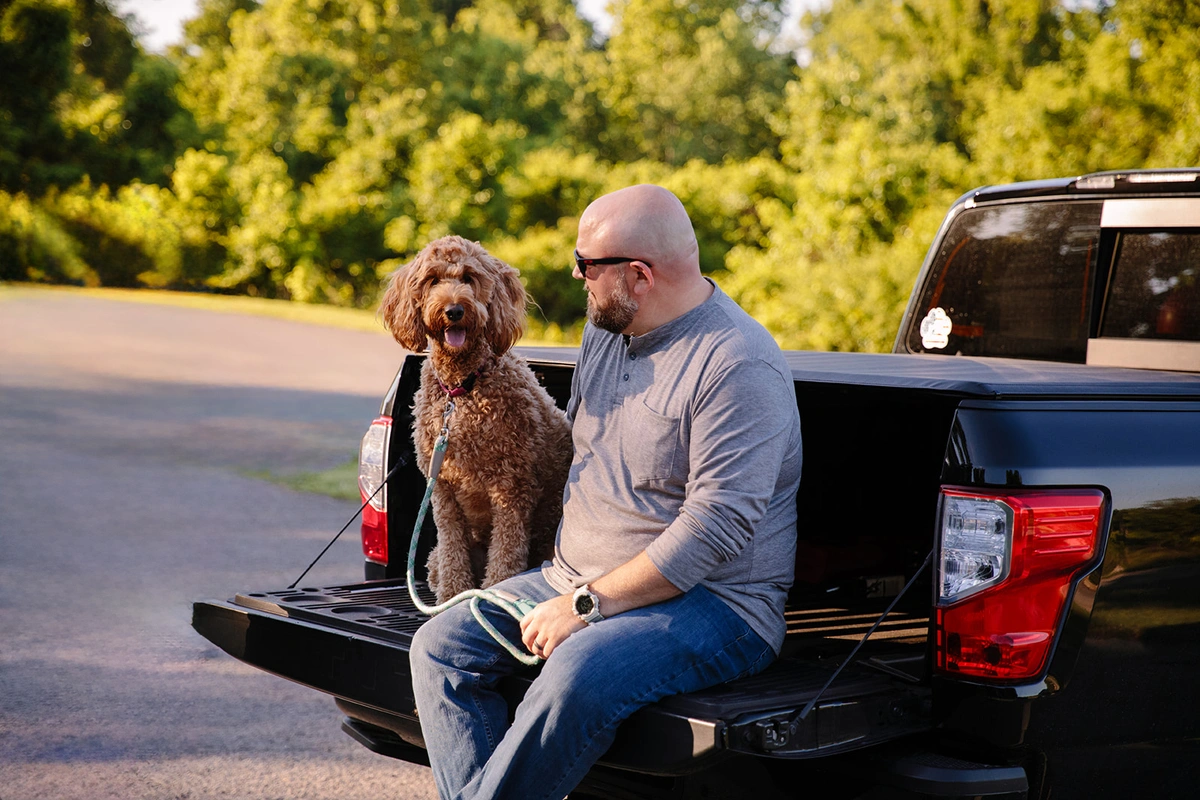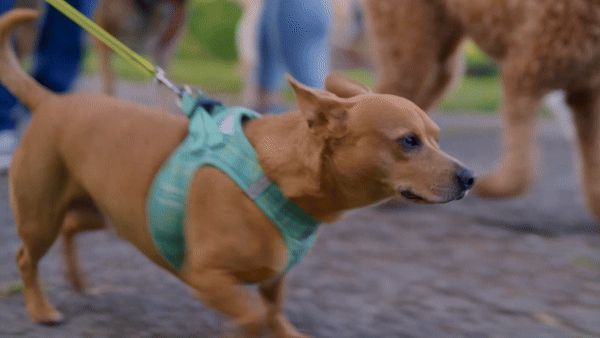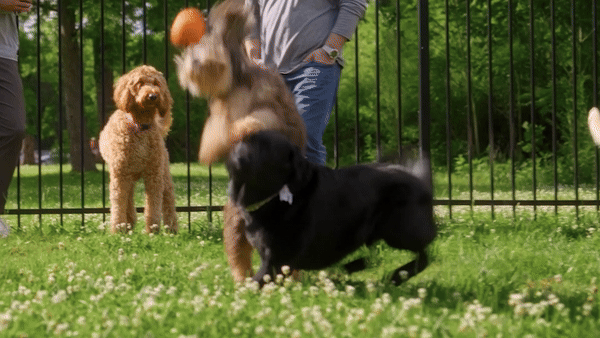Nom Nom Blog
Traveling With Dogs: How to Take Your Pup on Planes, Trains and Automobiles
If life is a highway, our dog better be in the passenger seat (ok, in the back seat. In a crash tested seatbelt. Safety first.) No matter where in the world we go, everything is just so much better with a pup at our side.
So the next time you plan a vacation, don't leave your dog out in the cold (or, you know, in a kennel). With the right gear and just a bit of advance planning, they can make excellent travel companions. Because doesn't a road trip with the pup sound a million times better than a cruise with the in-laws?
Make sure your dog can ride
Think of it — your dog's ears flapping in the wind as they take in the panoramic sights and smells of the Southwestern desert or quaint New England countryside. Here's how to properly hit the road with your pooch.
- Frequent stops to make sure your dog is comfortable are key, including bathroom breaks and time to stretch their legs and explore.
- Look up restraint laws in the states, cities and towns you plan to travel through, and ensure your dog is secured with a seat belt harness, travel crate, or a barrier to keep them safe in case of sudden stops.
- Make sure any child-safety locks are in place on windows and doors.
- Bring their favorite food, treats, toys and bedding, as well as any necessary medications.
- Never leave your dog alone in a parked car, as temperatures can quickly become dangerous. Use sunshades and crack windows for ventilation when the car is moving.
- Dehydration can often occur due to stress, so make sure they have access to water, and again, ample opportunity for bathroom breaks.
Make sure your dog can fly
If you can't splurge on BARK Air (yes, that's a thing), you'll want to take the extra steps to create a first-class experience for your dog. Even if they have to hang out under your seat.
- Book flights further out than you usually would. Different flight sizes have certain restrictions as to how many animals can travel within the cabin with their people. So it pays to be first to book.
- Don’t rely on online booking when traveling with a dog. And don’t try to go through a third-party site. Call the airline booking line directly and let them know you’re traveling with a pup.
- Arrive at the airport extra early. You’ll need to check in with a human, not a kiosk — regardless of whether your dog is traveling in the cabin or in the cargo area.
- You have to take them out of their carrier when you go through security. Let TSA know you have a dog, and they’ll direct you and your party to a metal-detector queue.
- TSA-approved carriers are essential. Airlines have certain restrictions on what will fit under a seat, and what can go in a hold. Follow them, but also think about comfort for both you and your dog. Look at padding, soft-sides and shoulder harnesses for in-cabin vessels and hard-sided crates with interior padding.
- Remember to board with plenty of food and water. Tiny peanut packets just aren't going to cut it for your pup.
Make sure your dog can cruise
Dogs on boats in little captain hats? YES PLEASE. Here's how to help them get their sea legs.
- Verify the ferry or boat company’s pet policies. Some may have designated dog-friendly areas.
- Equip your dog with a well-fitting canine life jacket for safety.
- Choose a quiet spot away from heavy foot traffic and loud noises.
- Keep your dog on a leash and close to you at all times. Familiar scents and your presence can help reduce their anxiety.
- Ensure your dog has access to water and opportunities for bathroom breaks. Some longer ferry rides may have designated pet relief areas.
Make sure your dog can go public
While dog parents have found ways to adorably skirt bag laws, it's still best to know the rules of the road (or tracks) when it comes to public transportation.
- Check the pet policies on subways, trains, buses, and other public transportation services. Some may require dogs to be in carriers, while others may have size restrictions.
- Travel during off-peak hours to avoid crowds and noise, which can be stressful for your dog.
- Use a sturdy carrier or a short leash to keep your dog close and secure.
- Work with your dog on being calm and well-behaved in public settings. Socialization and obedience training can be beneficial.
- Bring a portable water bowl and some treats to keep your dog comfortable during the journey.
Make sure your dog can stay
Dog friendly accommodations run the gamut, from places that merely tolerate pups (for a fee), to rentals that fall all over themselves to treat your dog like the utter royalty they are.
- Look for hotels and rentals that explicitly state they are dog-friendly. Check their policies regarding size limits, number of dogs allowed, and additional fees.
- Some places go above and beyond by offering amenities such as dog beds, bowls, treats, and even pet-sitting or walking services.
- Consider proximity to parks, walking trails, and dog-friendly attractions.
- if you decide to leave your dog in the room alone, put out your do-not-disturb sign. Leave the TV on to drown out some of the foreign noises.
Make sure your dog can play
Wherever you adventure with your pup, keep the following in mind to make sure it's a vacation to remember—for all the right reasons.
- Dog friendly beaches, campsites and hiking trails are just a Google search away. To get you started, check out this list of National Parks that welcome dogs.
- Try to maintain your dog’s regular feeding, walking, and sleeping schedule as much as possible to reduce stress.
- Expose your dog to new environments gradually. Let them sniff around and get comfortable at their own pace.
- Before you travel, ensure your dog is up-to-date on vaccinations and flea/tick prevention. Carry a copy of your dog's records and bring any necessary medications.
- Familiar items like a blanket or a piece of your clothing can help your dog feel more secure in a new environment.




